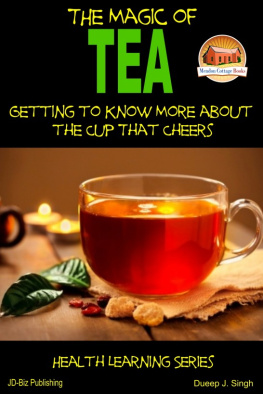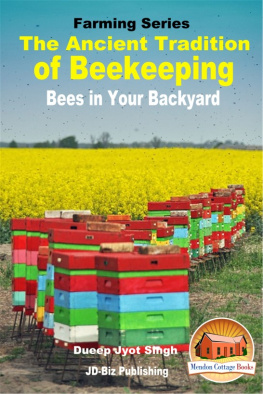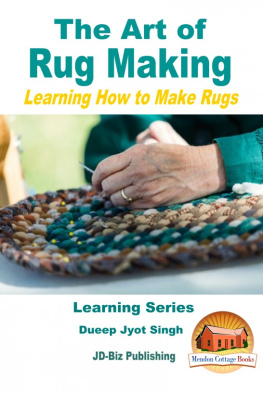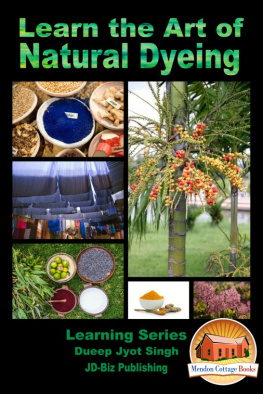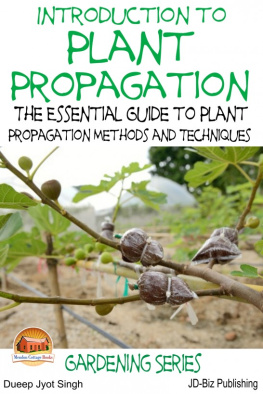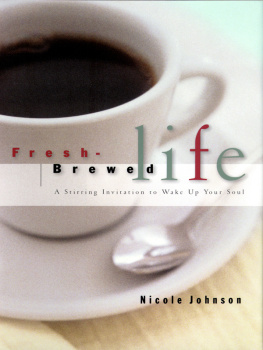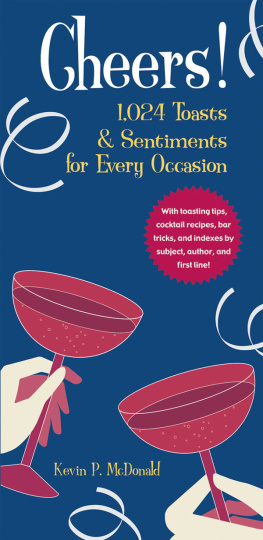The Magic of Tea
Getting to Know More about the Cup That Cheers
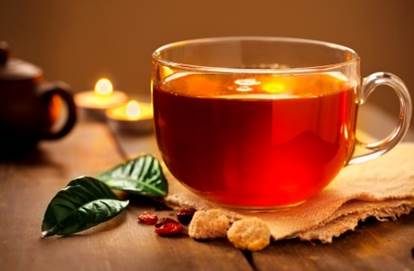
Health Learning Series
Dueep Jyot Singh
~~~
Smashwords Edition
Mendon Cottage Books

JD-Biz Publishing
All Rights Reserved.
No part of this publication may be reproducedin any form or by any means, including scanning, photocopying, orotherwise without prior written permission from JD-Biz CorpCopyright 2014
All Images Licensed by Fotolia and 123RF.
Disclaimer
The information is this book is provided forinformational purposes only. It is not intended to be used andmedical advice or a substitute for proper medical treatment by aqualified health care provider. The information is believed to beaccurate as presented based on research by the author.
The contents have not been evaluated by theU.S. Food and Drug Administration or any other Government or HealthOrganization and the contents in this book are not to be used totreat cure or prevent disease.
The author or publisher is not responsiblefor the use or safety of any diet, procedure or treatment mentionedin this book. The author or publisher is not responsible for errorsor omissions that may exist.
Smashwords Edition, License Notes
This ebook is licensed for your personalenjoyment only. This ebook may not be re-sold or given away toother people. If you would like to share this book with anotherperson, please purchase an additional copy for each recipient. Ifyoure reading this book and did not purchase it, or it was notpurchased for your use only, then please return to your favoriteebook retailer and purchase your own copy. Thank you for respectingthe hard work of this author.
Warning
The Book is for informational purposes onlyand before taking on any diet, treatment or medical procedure, itis recommended to consult with your primary health careprovider.
Table of Contents
Introduction
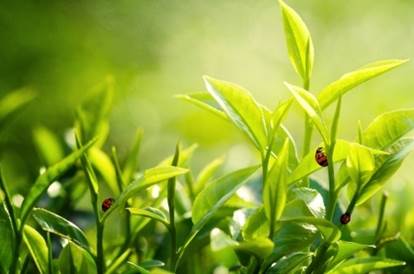
Many of us cannot do without the cup thatcheers, first thing in the morning, to wake us up. And whenever wesmell the delicious aroma of freshly brewed tea, we thank theperson who found out this plant and the brew made from it, whichwould wake us up and rejuvenate our systems. Why not, this is therefreshing beverage which is consumed gratefully all over theworld, second only to water.
According to historical documents, Tea leavesof an evergreen shrub Camellia sinensis-were steeped in water tomake an aromatic beverage in China, more than 4000 years ago. Thatis because this shrub was first found growing native in Asia.
Even today you can find while the plantsgrowing in many parts of northeastern India, Southwest China,northern Burma, and North Indochina.
This native Chinese tea was slightly bitter,had a cooling effect, and had and astringent and warming flavor.Other tea varieties had floral, sweet, grassy, and even nuttyovertones and flavors.
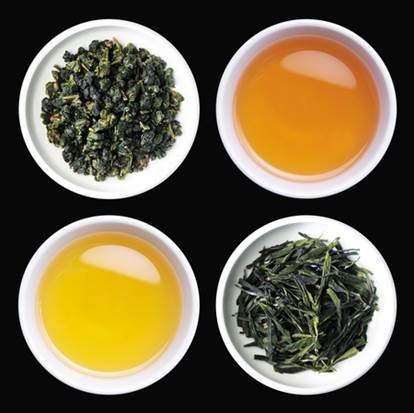
Some historians say that tea has beencomparatively lucky when compared to the native ginkgo plant. Teawas cultivated and that is why it managed to survive. Ginkgo stayedwild and that is why it is now in the rare and vanishing speciescategory.
The ancient Chinese drank tea as a medicinalrestorative drink. It was only about 3000 years ago, that theybegan brewing tea as a stimulating drink, without the addition ofherbs and leaves and began to drink it as a brew. At this time, itwas called ti [bitter herb] or cha depending on the area in whichit was grown. It appeared in the West, in the 16thcentury, through Portuguese merchants and up to the 17thcentury it was considered to be an exotic drink available only tothe rich who could afford it.
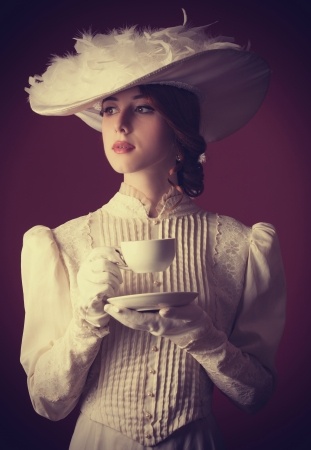
Tea plantations were introduced on the Indiansubcontinent by the British rulers in the 17th and18th century. It began to be grown extensively inDarjeeling and in Sri Lanka, the then Ceylon. This was their way oftrying to break the Chinese monopoly on the exportation of tea.Exporting this tea from India in large quantities made itaccessible to the general public, and that is why, tea as a luxuryitem became tea, the drink of the masses.
Apart from tea leaves, herbal teas have alsobeen well known as restorative warming beverages. These teas arenormally called tisanes and have been in existence for millenniums.These teas are herbal infusions made up of herbs, fruit, roots,leaves, seeds, and other parts of the plants steeped in hot waterand fed to patients. These are completely herb-based and do nothave anything to do with the beverage which we know as tea.
It is surprising to know that even though theBritish made India one of the largest exporters of tea in the18th and 19th century all over the world, thecommon folk did not know much about this brew. My father who wasborn in a remote village, recalls that it was in the early 40s thatBritishers decided to market tea in India with a campaign of acolored advertisement of a man sniffing the aroma of fragrant teaand saying what a beautiful aroma! Until then, milk and harddrinks were the only brew which was drunk by the people of thatarea and tea was the preferred brew of Anglicized Indians. And thusthe natives living in villages and small towns of India wereintroduced to tea in the 20th century!
Coffee, of course, was unknown to thosepeople. We have to thank the extensive tea popularizing campaignlaunched by the Indian tea board to get people to know about thisdrink, during this time.
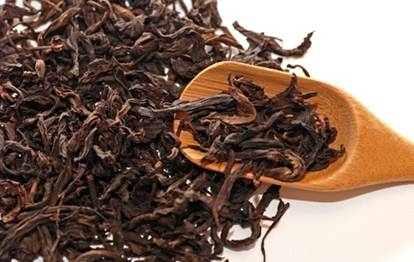
And so tea began to be drunk as a warmingbeverage in the Indian subcontinent by the common people, eventhough ancient historical and medical treatises talk about tea as amedical infusion being used down the centuries by people in thatland, as well as other parts of the East.
I still remember my grandmother telling uskids, Tea is not a drink to be given to young children. It is forgrown-ups. And if you drink tea as a child, you are going to growdark and dusky in complexion!
As a fair complexion was considered to bevery desirable as it still is, in many parts of the world today, we children kept away from tea. It was not a drink for children,unless one wanted to look as dark as the tea! In fact, I took thatbit of preventative threat to a higher level and do not drink anystimulating beverage, including tea or coffee, even now. [Bychoice. I cannot see why people like to drink a bitter boiling hotbrew every four hours.] But that did not stop me from gettingirritated when my colleagues at work wanted regular tea and coffeebreaks, because they could not work without those artificialstimulants.
So remember a non-tea drinker is a misfit inany sort of social gathering. That is because tea has become suchan integral part of our social lives that we cannot do withoutit.

